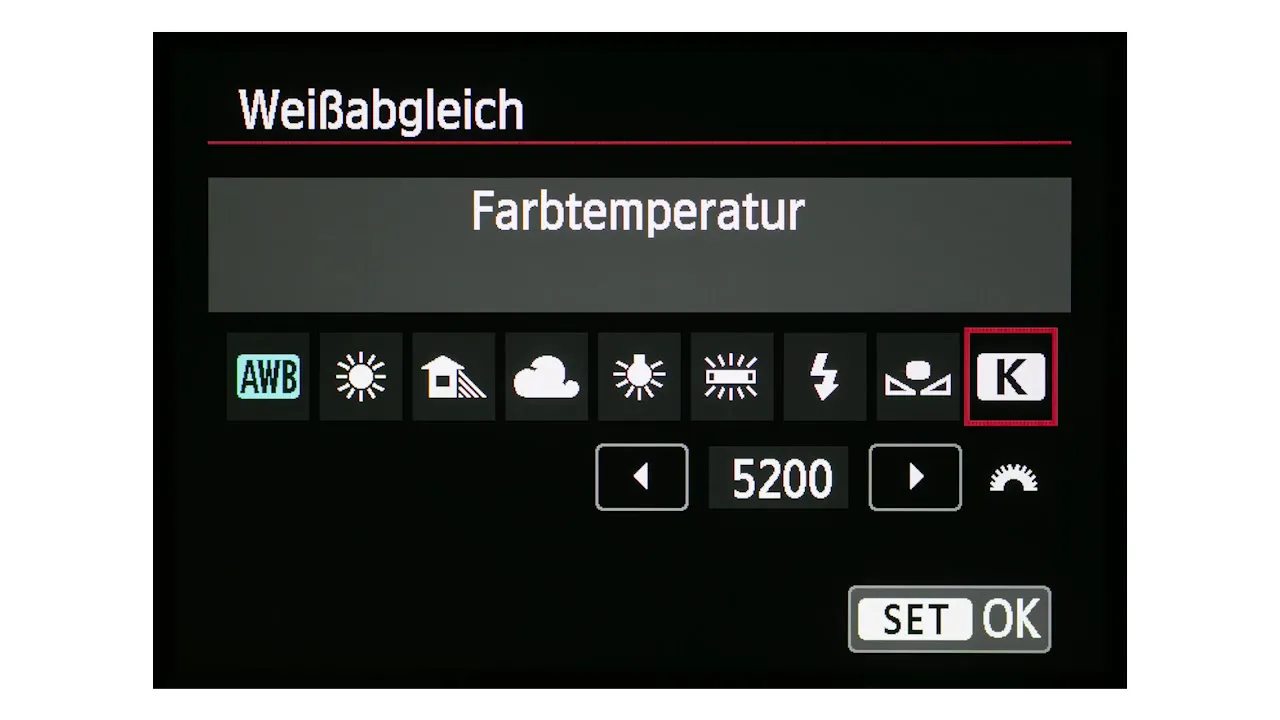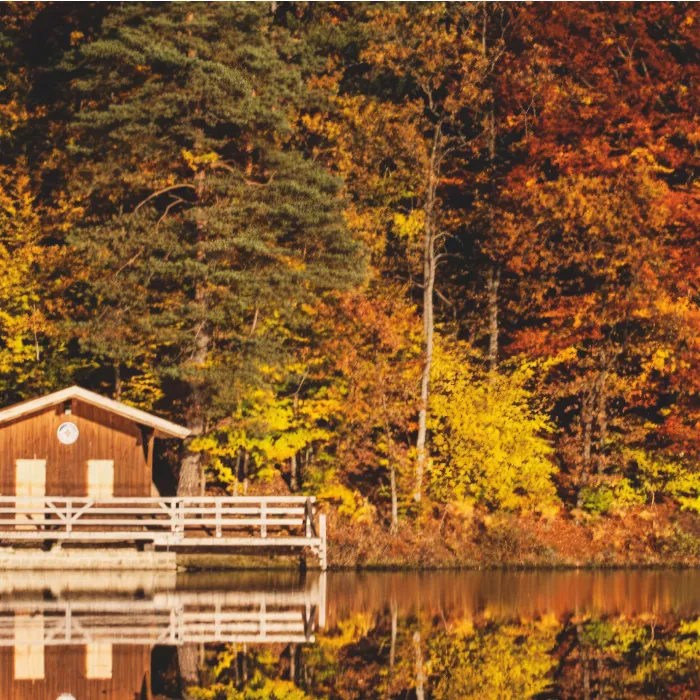Colors play a vital role in photography. They significantly shape the mood and perception of an image. Often, a clear white balance is necessary to capture colors as naturally as possible. The color temperature of the light can be crucial in how the camera interprets the colors. In this article, you will learn how to effectively use white balance and what color temperatures different light sources have.
Key Insights
- The color temperature is measured in Kelvin and affects the color reproduction of your images.
- In daylight, the color temperature is about 5500 Kelvin, while in the shade, it can be up to 6500 Kelvin.
- Candlelight has a significantly lower color temperature of about 2500 Kelvin, appearing warmer.
- The white balance ensures that colors are represented neutrally, regardless of lighting conditions.
- Sometimes you'll need to manually intervene in the white balance to achieve the desired results.
Step-by-Step Guide
To understand color temperature in photography, it is important to know that it is measured in Kelvin (K). On a clear sunny day, the color temperature is approximately 5500 Kelvin. In the shade, it rises to about 6500 Kelvin, as the light contains more blue, making the colors appear cooler.
The color temperature varies greatly depending on the light source. For example, candlelight contains a high proportion of yellow and red, corresponding to a color temperature of about 2500 Kelvin. These warmer tones create a very inviting feel but can affect color representation if the camera is not set correctly. Therefore, it is essential to consider the lighting conditions.

Most digital cameras have an automatic white balance. The camera detects the available light and adjusts the color temperature accordingly so that a white object, like a placemat, actually appears white. This process occurs regardless of whether you are photographing under artificial light, daylight, or other lighting conditions.

In advertising or when printing color sample catalogs, precise color fidelity is sought. In amateur photography, this is less critical. Here, it is often more about capturing a particular mood. This is especially important in portraits, where subtle color nuances can be crucial.
Sometimes it may be necessary to manually intervene in the white balance. For example, if you want to capture a romantic dinner evening with candlelight, a neutral white balance would be inappropriate. You surely want to capture the warmth and coziness of the candlelight, not create a cold representation.
Summary – Digital Cameras and Color Temperature: Guide for White Balance
Color temperature is a crucial factor in photography that influences your images in various ways. The automatic white balance of your camera can adjust colors under different light sources, but sometimes you'll need to manually intervene to achieve the desired result. Understanding color temperatures will help you elevate your photography to a new level.
Frequently Asked Questions
How is color temperature measured in photography?Color temperature is measured in Kelvin (K) and affects how colors are represented in an image.
What is the influence of white balance?White balance adjusts the color reproduction of your images so that they appear natural under various light sources.
When should you manually intervene in white balance?If you have special lighting conditions, such as candlelight, manual intervention may be necessary to preserve the mood.
What light has the highest color temperature?Light in the mountains can reach color temperatures of up to 10,000 Kelvin, which can lead to bluish images if not balanced.
Why is color fidelity not always important in amateur photography?Amateur photography focuses more on moods and emotions, not necessarily on perfect color accuracy.


